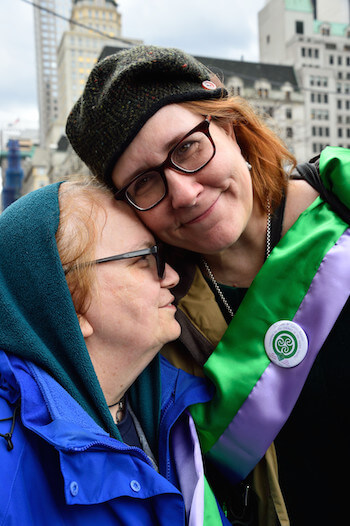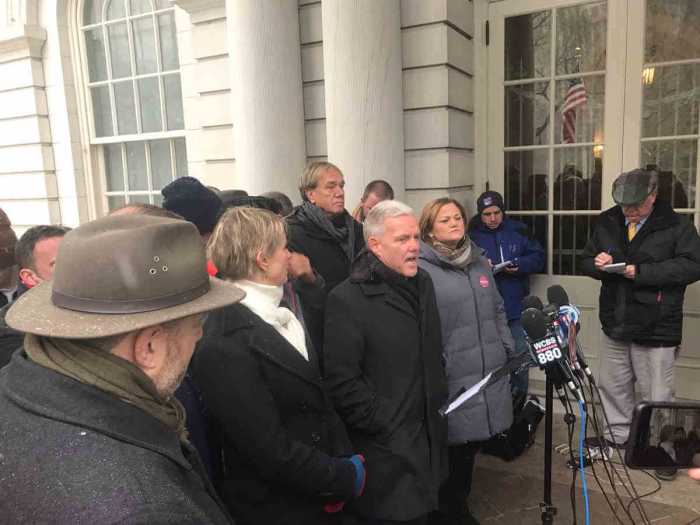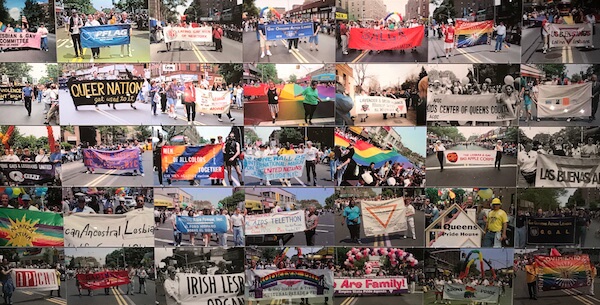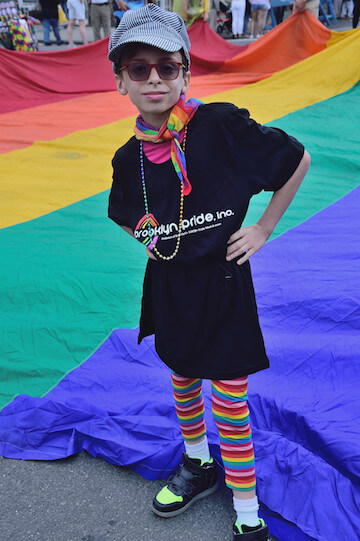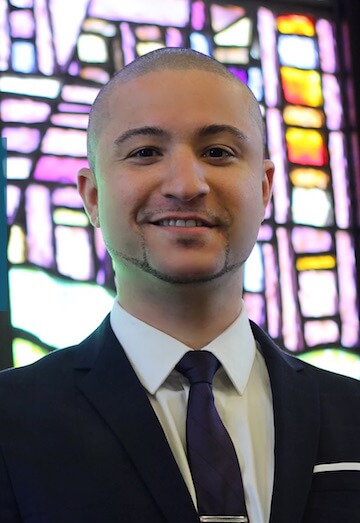Twenty-five years after LGBT groups were banned from the St. Patrick’s Day Parade that takes Fifth Avenue every year, the Lavender and Green Alliance marched behind its own banner in that parade.
“It’s kind of hard to understand that it’s taken this many years,” said Paul O’Dwyer, an attorney who represented some of the hundreds of people who were arrested during protests of the ban as he waited to step onto Fifth Avenue. “I’m glad this has happened, but there’s a certain bittersweetness.”
In 1990, the Irish Lesbian and Gay Organization applied to join the 1991 parade and was waitlisted, though parade organizers, then the Ancient Order of Hibernians, eventually stated that it would not allow LGBT groups to march. In 1991, then-Mayor David Dinkins invited the ILGO members to march with him, a move that enraged parade organizers, John Cardinal O’Connor, then the head of the Roman Catholic Archdiocese of New York, and many in the crowd who lined Fifth Avenue. Dinkins and the ILGO were subjected to anti-gay slurs and had objects thrown at them. The parade was marked by controversy every year since then.
In a bittersweet day for some marchers, crowds are thin but not unfriendly toward parade’s tail end
In 2014, the parade lost sponsors over the ban and in 2015 some of the more conservative members of the committee that organizes the march were voted out. The current committee was more accommodating. In 2015, OUT@NBCUniversal, an LGBT employee group at NBCUniversal, a Comcast unit and the parade's broadcast sponsor, marched. Following that, the participation of the Alliance, an Irish LGBT group, was negotiated.
Lisa Fane, who was arrested protesting the ban, also described the feeling as “bittersweet.” The ban was first implemented when AIDS was killing many gay men in New York City and some in the generation that first challenged the ban have died or moved away.
“There are a lot of people who are not here to see it happen,” she said while waiting to join the march. “It just shows you what happens when people are determined.”
The Alliance contingent, which had at least 250 members, including Mayor Bill de Blasio, stepped off at about 4:15 in the afternoon. Marshals, including board members from Heritage of Pride, the group that organizes Manhattan’s annual Pride March, kept the crowd moving and were there to counter any objections to the Alliance. There were few.
As the group stepped onto Fifth Avenue, one man booed loudly. Asked what or whom he was booing, he quickly said it was de Blasio he objected to and not the Alliance. The man declined to give his name.
After the parade, two marchers told Gay City News they saw a woman giving thumbs down. When they responded with waves, she gave them the finger.
At Fifth Avenue and 57th Street, two Christians were preaching under large signs. They said they had never before appeared at the St. Patrick’s Day Parade and insisted their visit had nothing to do with the Alliance first being in the parade.
“This is idolatry,” said Shakira as she stood on the sidewalk on Fifth Avenue holding a sign intended as a warning to a number of sinners, including the “sexually immoral.” She would not give her last name.
As the contingent passed in front of St. Patrick’s Cathedral, de Blasio stepped to a group of three prelates who were standing on the sidewalk greeting marchers. One of the three waved to the contingent and members responded in kind. Timothy Cardinal Dolan, the current head of the archdiocese, was not among the three.
“I think this says that New York City is whole again, that the people in New York City are unified, and that we’re learning to overcome divisions,” de Blasio said earlier in the day. “Look, I always say, this is a beacon, this city is a beacon around the world of what it looks like for everyone to come together. It’s not perfect, but we proved, once again, we could create a more perfect union, and this is a day to celebrate what’s good about New York City.”
The absence of any hostility can be explained by a changed society. While LGBT people continue to confront prejudice, it has become generally unacceptable in America to make anti-LGBT statements, though there are exceptions to this. In a more liberal setting, such as New York City, there can be political and social costs attached to being anti-LGBT.
It is also true that there was not much of a crowd at a late hour in the parade. When the parade steps off at 11:00 am, the people lining Fifth Avenue are standing four or five deep. When the Alliance marched, some blocks had a handful of onlookers on one side of the avenue and none on the other. The reception may not reflect the complete or even true reaction of people who enjoy this parade.
Frank McGreal, a parade committee board member, declined to say if the Alliance will be admitted in future years during the March 3 press conference announcing the group’s acceptance into the parade, but Alliance members said they were told in meetings with parade committee members that it may be possible to place the Alliance higher in the line of march if this year’s appearance was uneventful.

